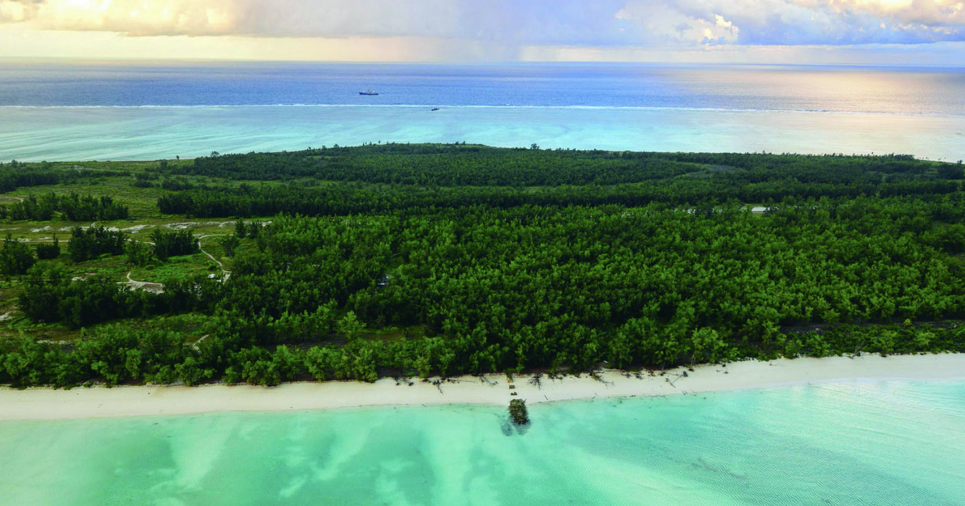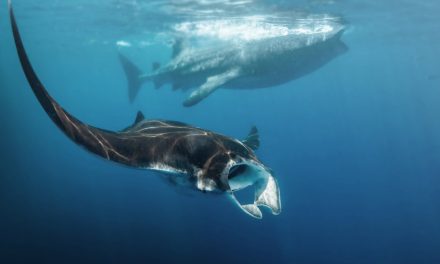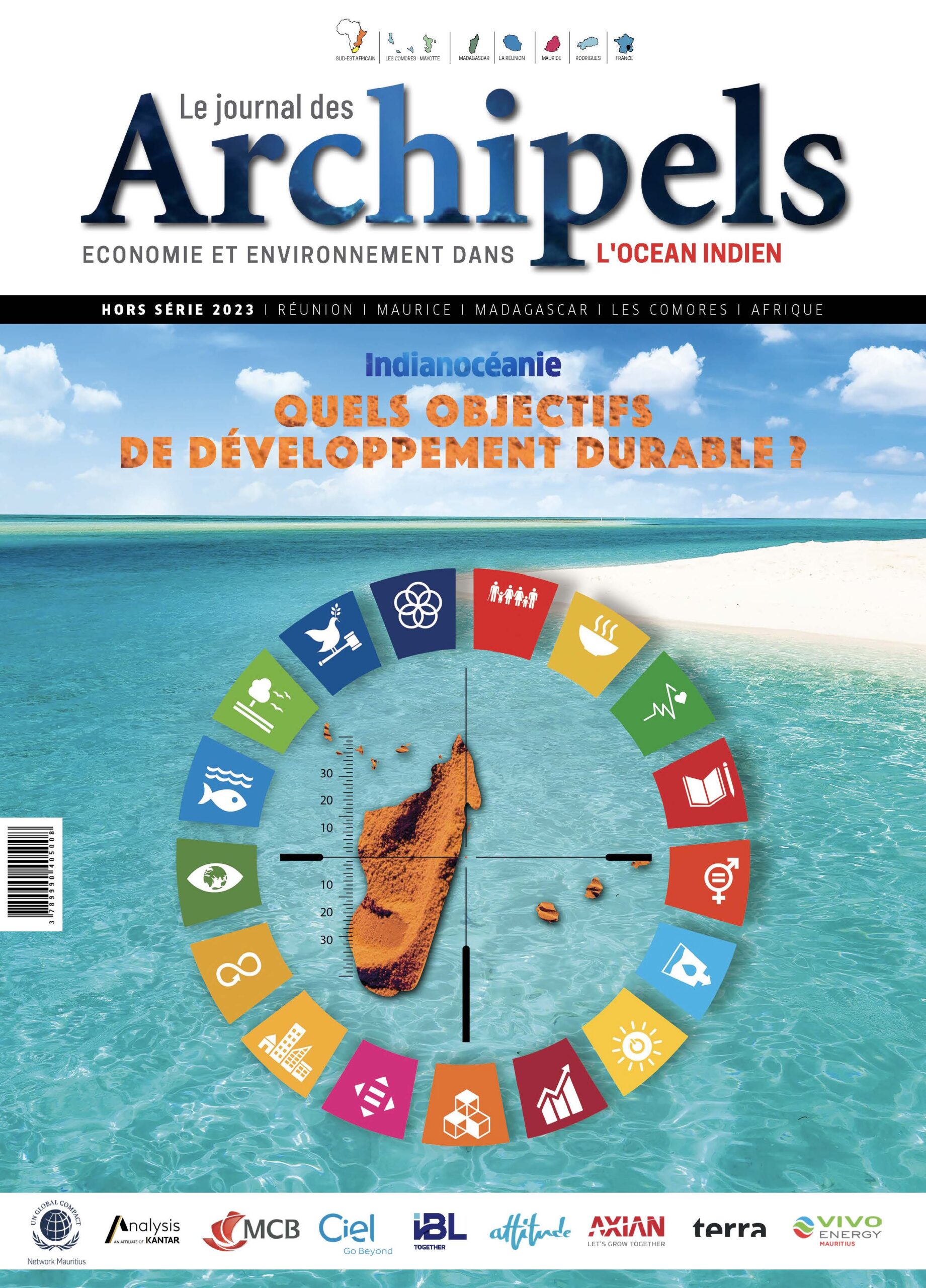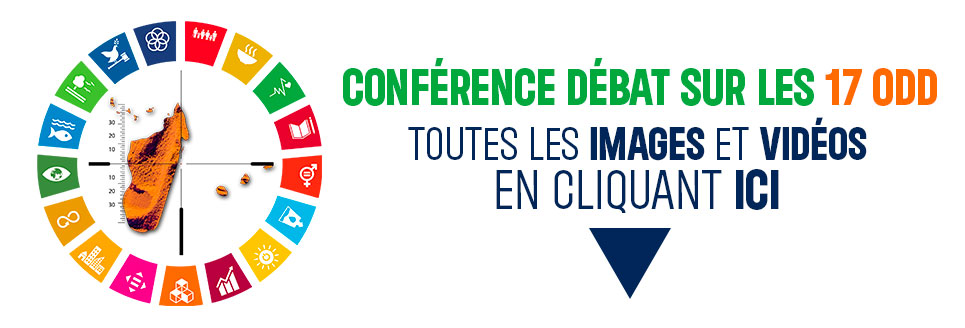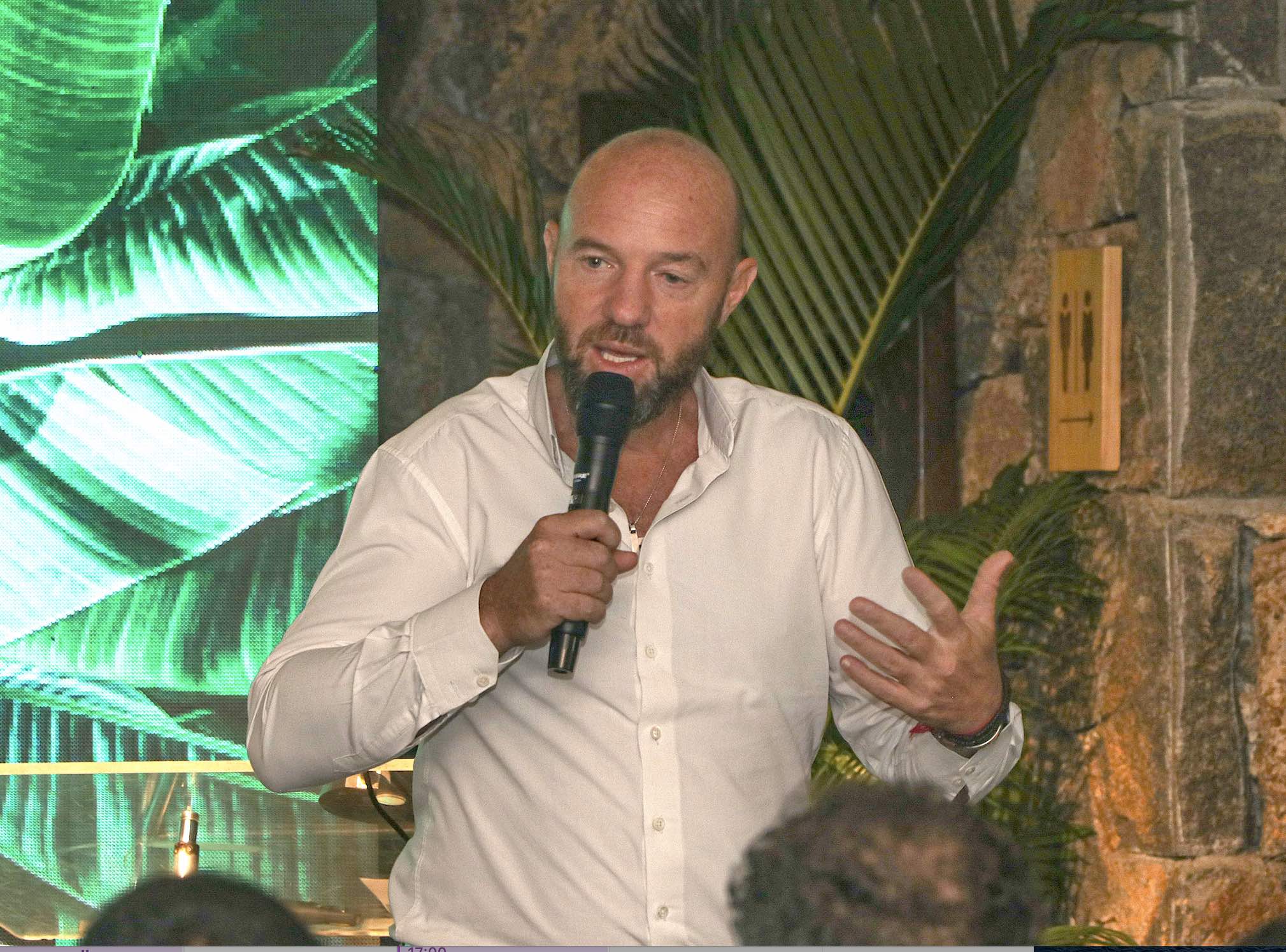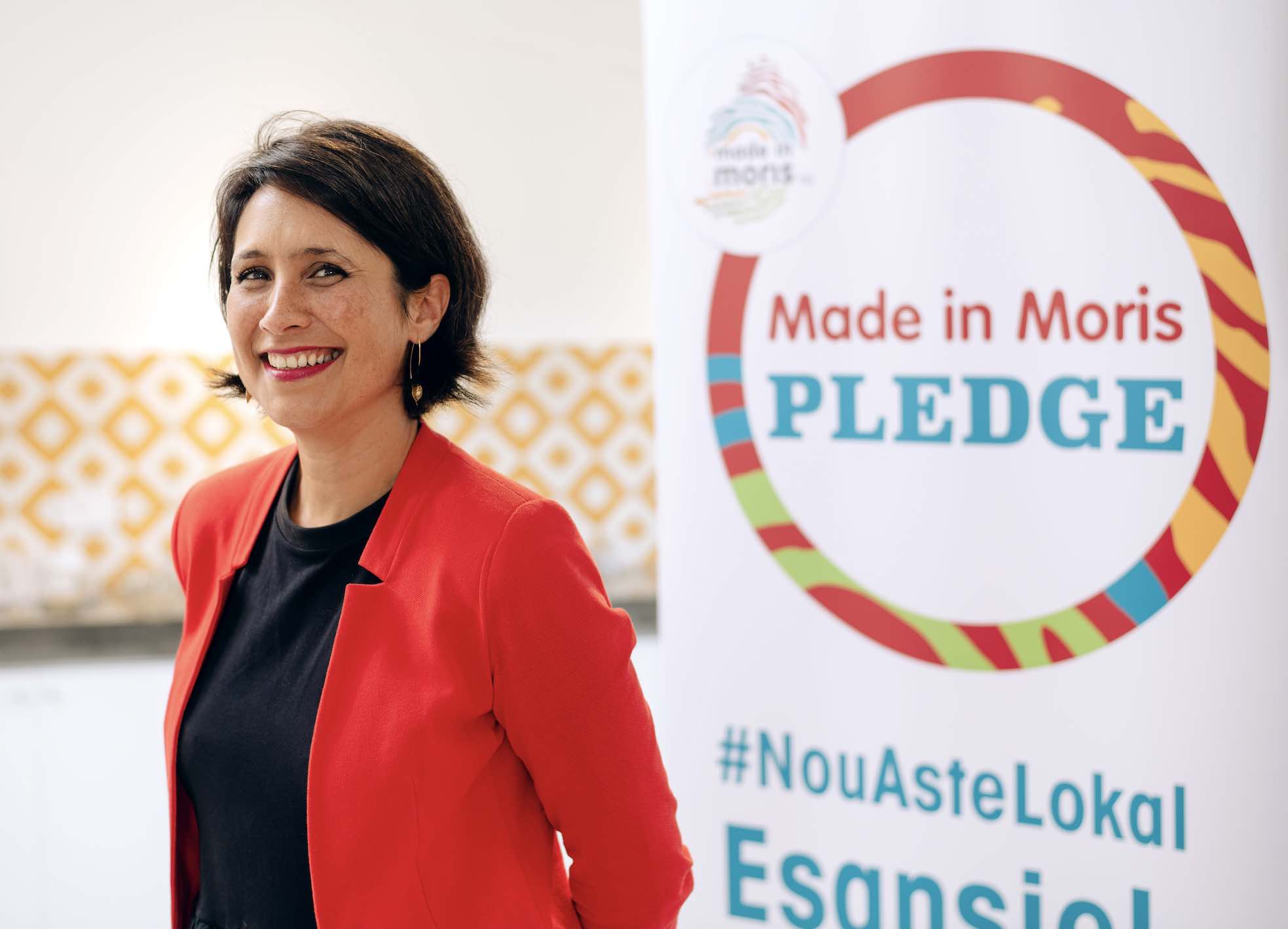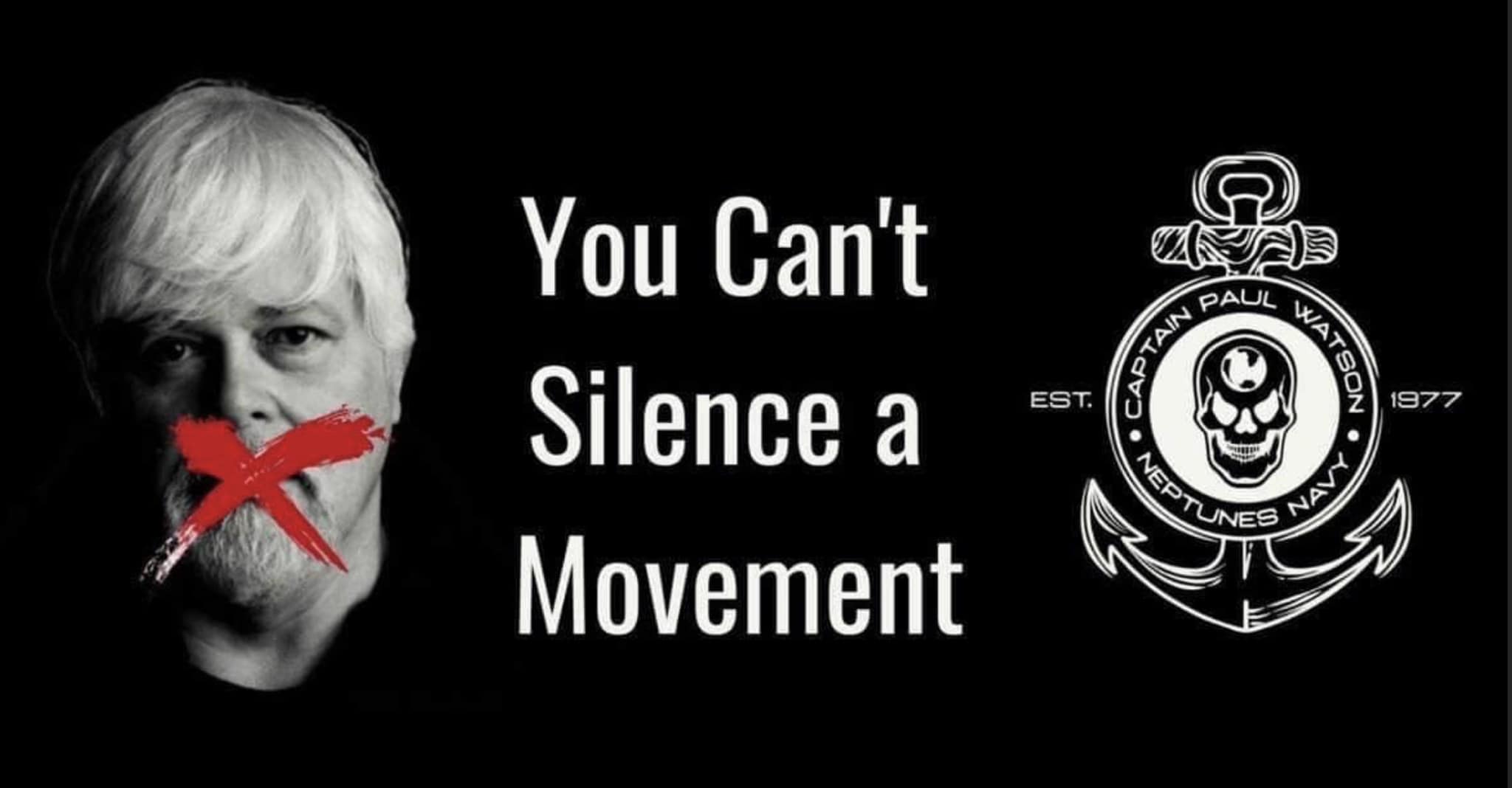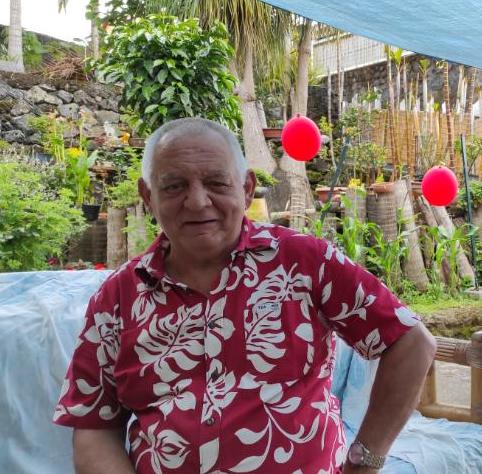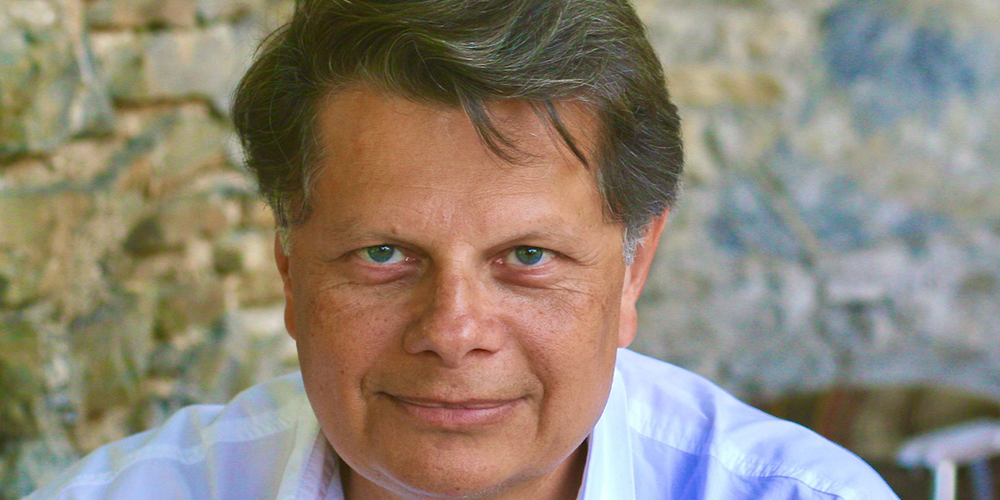Island forbidden to tourism where the reckless traveler is welcomed by French gendarmes, Juan de Nova is located in the middle of the Mozambique Channel, 160 km from the Malagasy coast. It has long been a paradise for seabirds and it contained important deposits of guano. Exploited for this guano until the Second World War, then for phosphate (which is found in abundance in the guano) until 1967, the island was also to be the site of an ambitious tourist project which never saw the light of day.
6 km long and 1.5 km wide, Juan de Nova does not exceed 90 meters above sea level. Photo La Curieuse (CNOI photo)
Today silent, Juan de Nova conceals the remains of a railroad and a landing stage in very bad condition, testimonies of an active past. It is 6 km long and 1.5 km wide, covered with sand, with filaos, small dry shrubs and a few coconut trees here and there. It does not exceed 90 meters above sea level. The island is also surrounded by a coral reef that delimits a vast lagoon. Discovered in 1501 by Captain Juan de Nova, in the service of the King of Portugal, while on his way to Mozambique, the island was never occupied until the 20th century, but it could certainly have served as a refuge for pirates fleeing the French royal navies. The island was also frequented by Malagasy fishermen, notably because of the abundance of sea turtles that came to lay their eggs there. At the end of the 19th century, it came under French protectorate. It is from 1900 that the exploitation of guano and coconut begins. Guano production reached 53,000 tons in 1923 and copra production amounted to 12 tons per year.
Juan de Nova is part of the Indian Ocean group of scattered islands, TAAF district
In March 1952, a 15-year concession was granted to a private company, SOFIM. Phosphate mining led to the development of the island with the construction of housing for workers, workshops, factories, rails and wagons to transport the phosphate, as well as an important electrical installation and running water. A wharf and an air strip were also built. The island was visited sporadically by the French navy, in particular for the supply of a meteorological station, installed in 1963. The working conditions on the island were very harsh. Cases of mistreatment were reported to the authorities of Reunion Island and appeared in the press at the time. Thus, in 1965, 30 Mauritians newly arrived on the island revolted and these incidents led the managers of the exploitation to ask for the intervention of the Reunion Island police force. SOFIM had to separate itself from the majority of its workers. At that time, phosphate was sold to South Africa and Mauritius. When phosphate prices collapsed at the end of the 1960s, the operation ceased to be profitable. In 1967, there were only about 20 workers left. In August 1967, Club Méditerranée launched a hotel project on Juan de Nova. But the hotel never saw the light of day and the French government took over the concession from SOFIM. Juan de Nova is part of the group of the Indian Ocean Spare Islands (since 2007, the Spare Islands are one of the five districts of the French Southern and Antarctic Lands or TAAF). It receives weather missions and is classified as a nature reserve. It is guarded by a detachment of the French Navy. *
By Thierry Chateau


